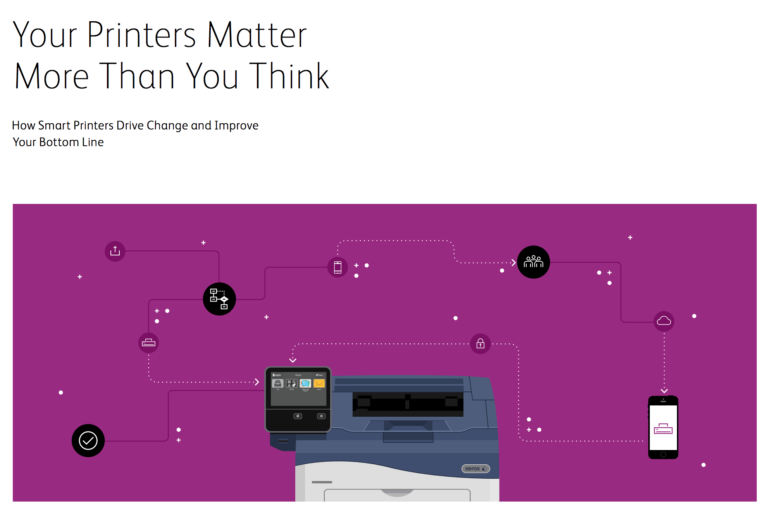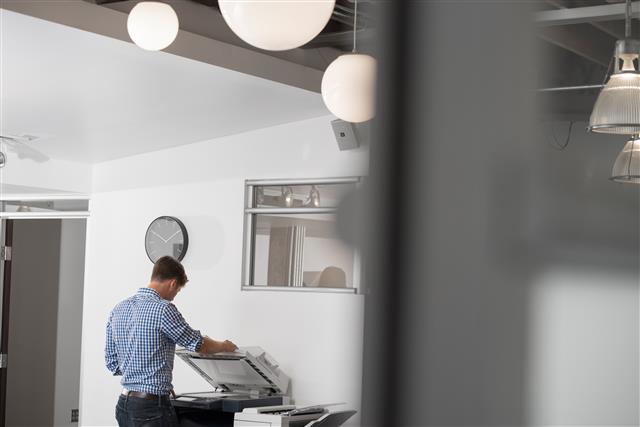By Wendi Latko, Director of Sustainable Services, Xerox Environment, Health, Safety and Sustainability
Over the recent April school break, I finally got the chance to see The Lorax. As I watched my 6-year-old laugh out loud at the film’s humor, I couldn’t help but think about the film’s message and how things have changed – or not – in the 40 years since the book was written.
The Lorax is one of Dr. Seuss’ less-disguised social commentaries, pointedly highlighting the dangers posed by industrial development and corporate greed. In the story, an entrepreneur named the Once-ler invents a garment called a Thneed, made from the prized tuft of the Truffula tree. He cuts more and more trees to meet demand, leaving environmental carnage behind, until, finally, he cuts down the last tree. Unable to produce any more product, his company folds and he retreats to a reclusive existence.
Despite the rhyming text and whimsical pictures, Dr. Seuss’ point is not at all subtle: disregard for the implications of business growth not only compromise the world in which we live, but also the ongoing viability of the business itself.
So where are we today? There is certainly a lot of attention to environmental issues and corporate responsibility. But have things really changed?
From our vantage point at Xerox, the answer would be yes. Among Xerox’s customers, energy and waste are top of mind today, just as they were in the mid-1990’s when we first systematically started looking at our products’ environmental impacts. What has changed is the level of detail our customers are looking for – today they want to know how much we can help reduce their energy costs and carbon footprint, and to make it easy for them to reduce waste. Programs such as our Green World Alliance for recycling and managing consumables waste have evolved over time to meet those expectations. Today, we also have customers asking us to help them print less, finding ways to improve their processes and manage their information without putting marks on paper.
Growth is certainly top of mind for nearly all companies today, but we don’t see our customers solely focused on “biggering” (the Once-ler’s word) their operations at the expense of all else. While I won’t speculate on motivations, customers are increasingly raising the bar on their environmental expectations. The reality is, especially in the early stages of paying attention to environmental issues, what is good for the company in the long term is very often also good for the environment. Waste nearly inevitably equates to unnecessary cost and environmental impact. And, as Dr. Seuss so effectively illustrates, by ignoring the environmental impact of his operations, the Once-ler ultimately drove himself out of business by depleting the very raw material that made his product possible.
While many view environmental sustainability as a moral issue, the reality is that “business is business, and business must grow!” The good news is that growing business doesn’t need to equal “biggering factories, biggering roads, biggering wagons, and biggering loads.” Companies that are striving to operate responsibly continually look for cost-effective ways to achieve their goals – both financial and environmental.



Like your perspective!
Thank you, Manisha!